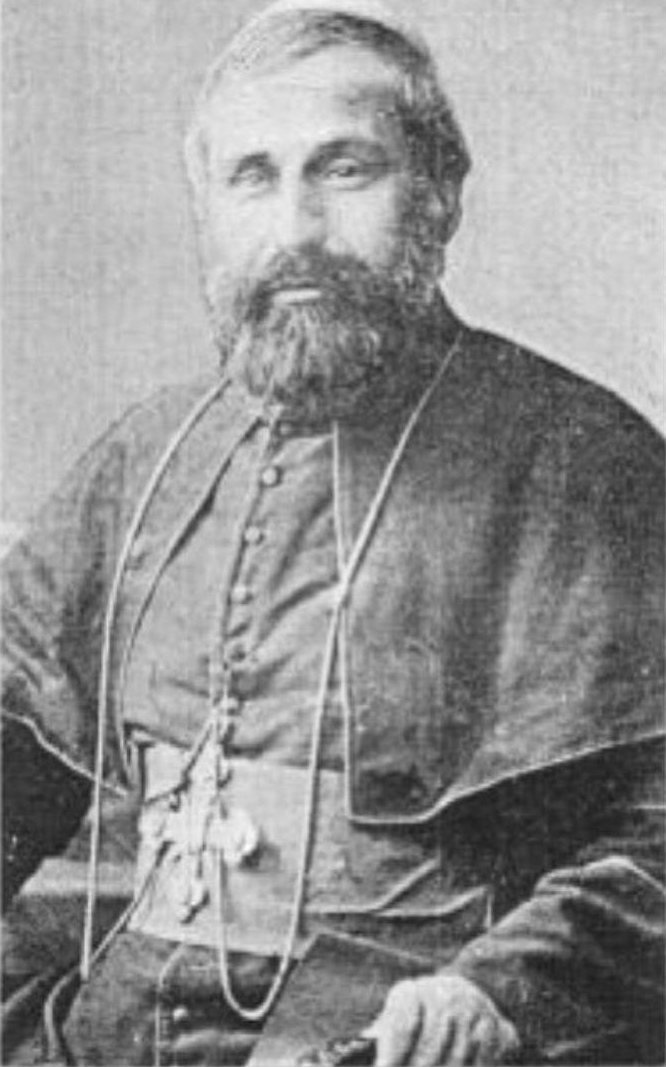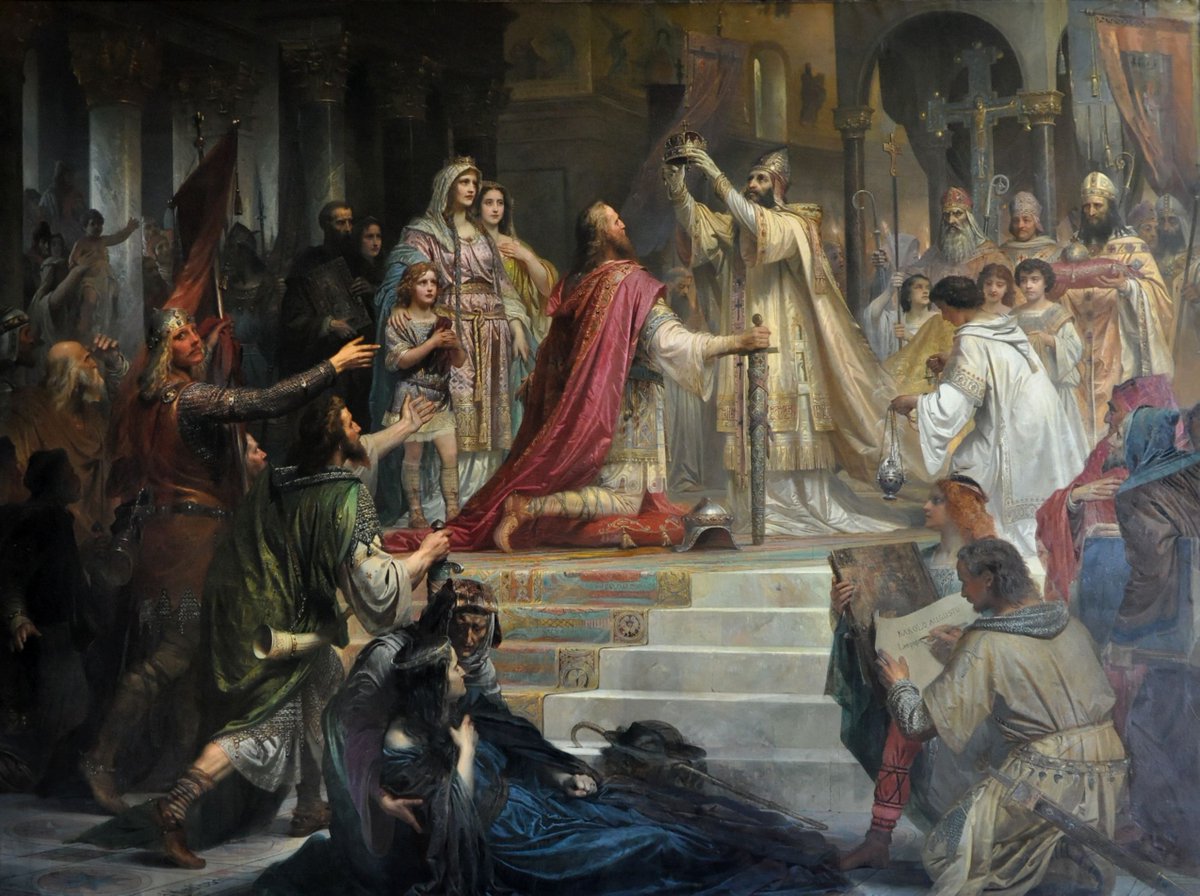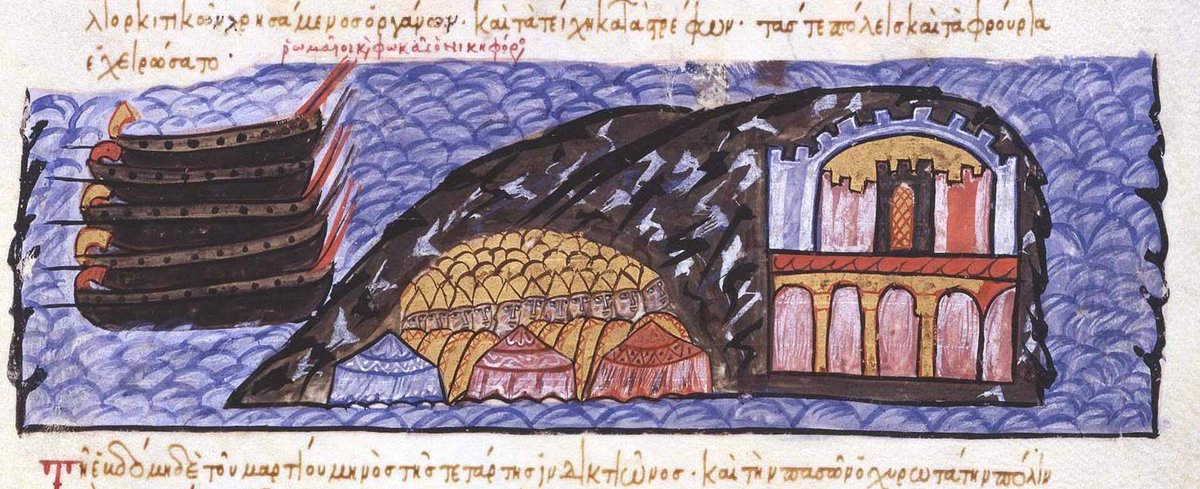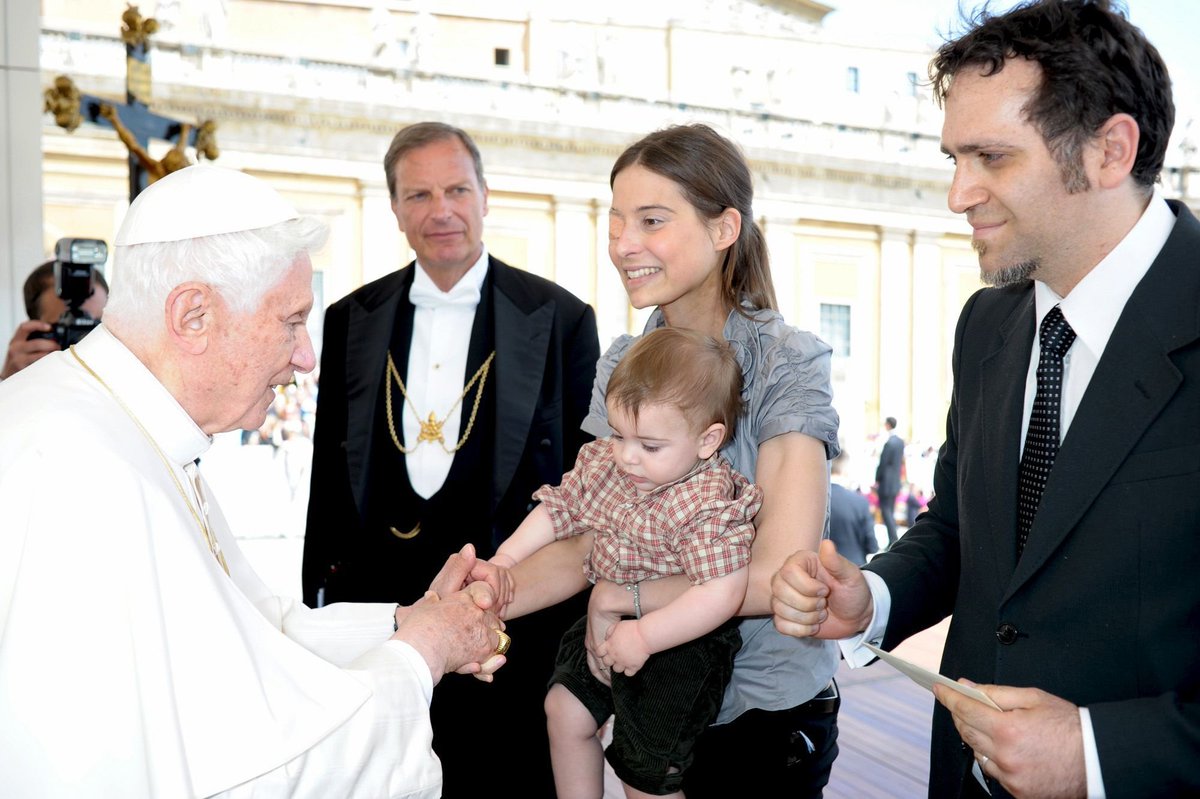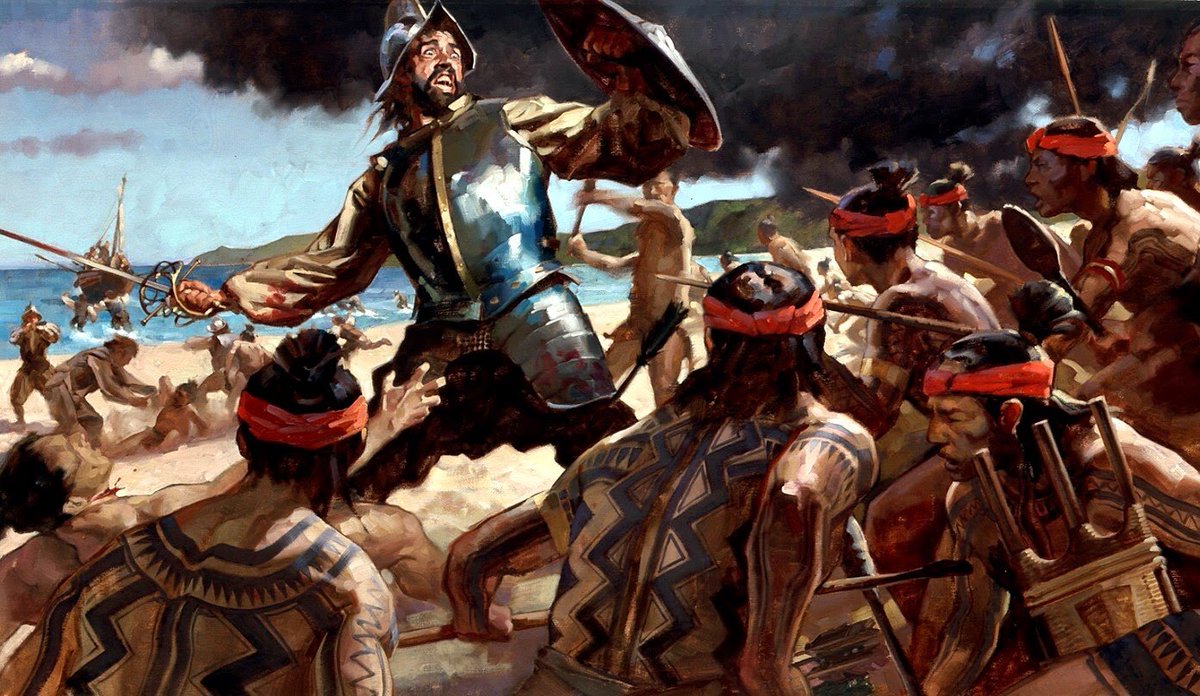Don Christopher da Gama (son of Vasco da Gama) led an expeditionary force of 400 Portuguese musketeers into Ethiopia, saving her from conquest by the invading Adal Sultanate. Captured and tortured by the Somali Imam Ahmad ibn Ibrahim, he was beheaded after refusing to apostatize.
George the Hagiorite (an influential Georgian abbot, theologian, calligrapher, and translator) opposed Patriarch Michael I Cerularius, defending the inerrancy of the Latin Church, and the supremacy of the Pope. Despite this, only the Eastern Orthodox recognize him as a saint.
Jacques Cathelineau (known to his men as the “Saint of Anjou”) was a French peasant and insurgent who served as Generalissimo of the Catholic and Royal Army during the War in the Vendée, dying to a Republican sniper at the 1793 Battle of Nantes—while leading from the front.
Born into slavery, Franciscan tertiary Julia Greeley became known as “Denver’s Angel of Charity” for her work among the city’s poor. When she could not afford to support them out of her own pocket, she begged on their behalf.
Engelbert Dollfuss served as Chancellor of Austria between 1932 and 1934, and with the support of the clergy, he built a corporatist state under the aegis of the Fatherland Front, before he was assassinated in odium fidei during a failed Nazi coup.
Byzantine Emperor Constantine XI Dragases Palaiologos (a supporter of the Union of Florence) was killed during the Fall of Constantinople in 1453, when, upon seeing that the city was lost, he tore off his imperial regalia and charged into the fray, never to be seen again.
Revered as one of the Three Pillars of Chinese Catholicism, Paul Xu Guangqi was a Ming dynasty scholar-bureaucrat, convert, mathematician, astronomer, agronomist, military theorist, translator, and apologist, as well as a close friend of Matteo Ricci.
U.S.M.C. Chaplain Vincent R. Capodanno was killed in action while administering last rites during Operation Swift. Despite being wounded in the hand, arms, and legs, he refused medical assistance and went to the aid of 3 wounded Marines just yards from an NVA machine-gun nest.
Matteo Ricci was an Italian Jesuit priest and polymath who played a key role in the establishment of the Society’s missions to China. As scientific adviser to the Wanli Emperor, Zhu Yijun, he converted a number of prominent Confucian officials, including Xu Guangqi.
As Queen of Castile, León, and Aragón, Isabella the Catholic launched the Inquisition, completed the Reconquista, financed Columbus’ journey westward, and implemented far-reaching administrative reforms, setting the stage for the unification of Spain, and the Golden Century.
Father Ignacy Skorupka volunteered as a military chaplain during the Polish–Soviet War, and was martyred in the 1920 Battle of Warsaw—shot dead while anointing an injured soldier.
Between 1637 and 1638, the 17-year-old samurai Amakusa Shirō led an uprising of Catholic peasants and rōnin against persecution in Shimabara. Massively outgunned by the Shōgun’s 200,000 soldiers and Dutch Calvinist allies, he was ultimately martyred—along with some 37,000 others.
For more than five decades, Hungary’s József Mindszenty was an ardent opponent of socialism, communism, and fascism, variously enduring imprisonment, torture, and exile at the hands of successive regimes—even as he rose to the rank of Prince-Primate and Cardinal-Archbishop.
With his requests for aid largely ignored, High Duke Henry II ‘the Pious’ of Poland was martyred at the Battle of Legnica in 1241, while attempting to halt the Mongol invasion of Europe.
21-year-old Henri de La Rochejaquelein—the youngest general of the War in the Vendée—was shot dead in 1794, while leading Royalist guerrillas near Nuaillé.
Pious King Alfred the Great not only led the Anglo-Saxons through a Viking onslaught, but implemented educational, legal, administrative, monetary, and military reforms which laid the foundations for the both the English state and the very idea of the Angelcynn—or English people.
Falsely convicted of treason against the heretic and usurper Elizabeth Tudor, Mary Stuart—pious Catholic and rightful Queen of England—was beheaded in 1587, having forgiven her executioner.
In her Revelations of Divine Love, the English mystic Julian of Norwich—who lived much of her life in seclusion as an anchoress—records a series of miraculous visions (or “shewings”) which she received of Christ and the Blessed Virgin Mary.
On August 21st, 1942, Fr. Franz Reinisch was beheaded by guillotine, for refusing to swear an oath of allegiance to Hitler.
For his clandestine missionary work in the Soviet Union, the Polish-American Jesuit Walter Ciszek spent five years in Moscow’s infamous Lubyanka prison (where he was tortured), most of them in solitary confinement, and a further fifteen in the Gulag system.
As the last reigning Emperor of Austria and Apostolic King of Hungary, Blessed Karl von Habsburg (a pious Catholic) pushed for a peaceful resolution to WWI, and attempted to federalize his fraying realm—before he was driven into a fatal exile under U.S. pressure.
For refusing conversion to Islam during the Assyrian Genocide, Phillip Yaʿqob Abraham (the Chaldean Catholic Eparch of Gazireh) was tortured and shot dead by Ottoman authorities—after which his body was dragged through the streets.
For refusing to renounce Catholicism, the “Samurai of Christ” Blessed Justo Takayama Ukon—Daimyo of Takatsuki and Akashi—was stripped of his lands and ultimately exiled, dying at Manila in 1615.
In 2002, Polish-American mother-of-four Mary Stachowicz (a pious Catholic) was brutally murdered by her co-worker Nicholas Gutierrez, after she reproached him for “sleep[ing] with boys”.
For refusing conversion to Islam during the Assyrian Genocide, the Chaldean Catholic archbishop and scholar Addai Scher was tortured and summarily executed by Ottoman soldiers, who then decapitated his corpse.
As King, and, ultimately, Emperor, Blessed Charlemagne reformed and expanded the Frankish realm, furthered the Reconquista, kindled the Carolingian Renaissance, defended the papacy, and fostered the spread of the Faith—for which he has come to be called the Father of Europe.
Taken hostage while buying crucifixes for the rosaries she was making, and ordered to perform sex acts at gunpoint, 53-year-old wife and mother Jamie Schmidt refused, for which she was shot dead.
As Domestikos of the Scholai, and, later, Emperor and Autocrat of the Romans, the 10th century Cappadocian nobleman Nikephoros Phokas not only reconquered territory lost to the Muslims—coming to be known as the “Pale Death of the Saracens”—but co-founded Mount Athos’ Great Lavra.
Pro-life activist Chiara Corbella Petrillo died from cancer in 2012, aged 28, after refusing treatment which might’ve saved her own life—at the cost of her unborn son Francesco’s.
On April 27th, 1521, the Portuguese explorer Ferdinand Magellan was martyred at the Battle of Mactan, while leading the outnumbered Catholic forces of the Cebu Rajahnate against pagan rebels.

 Read on Twitter
Read on Twitter
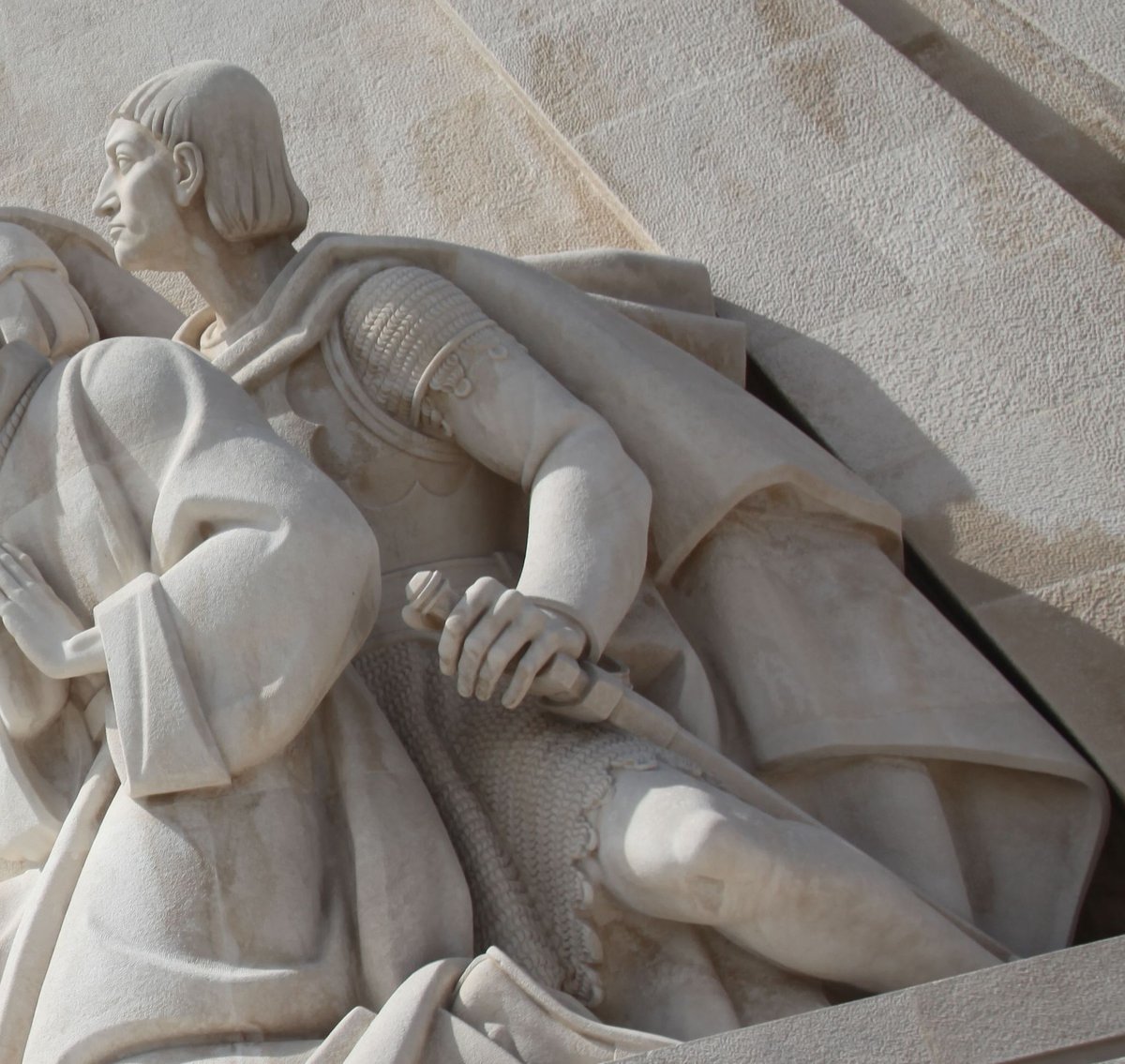
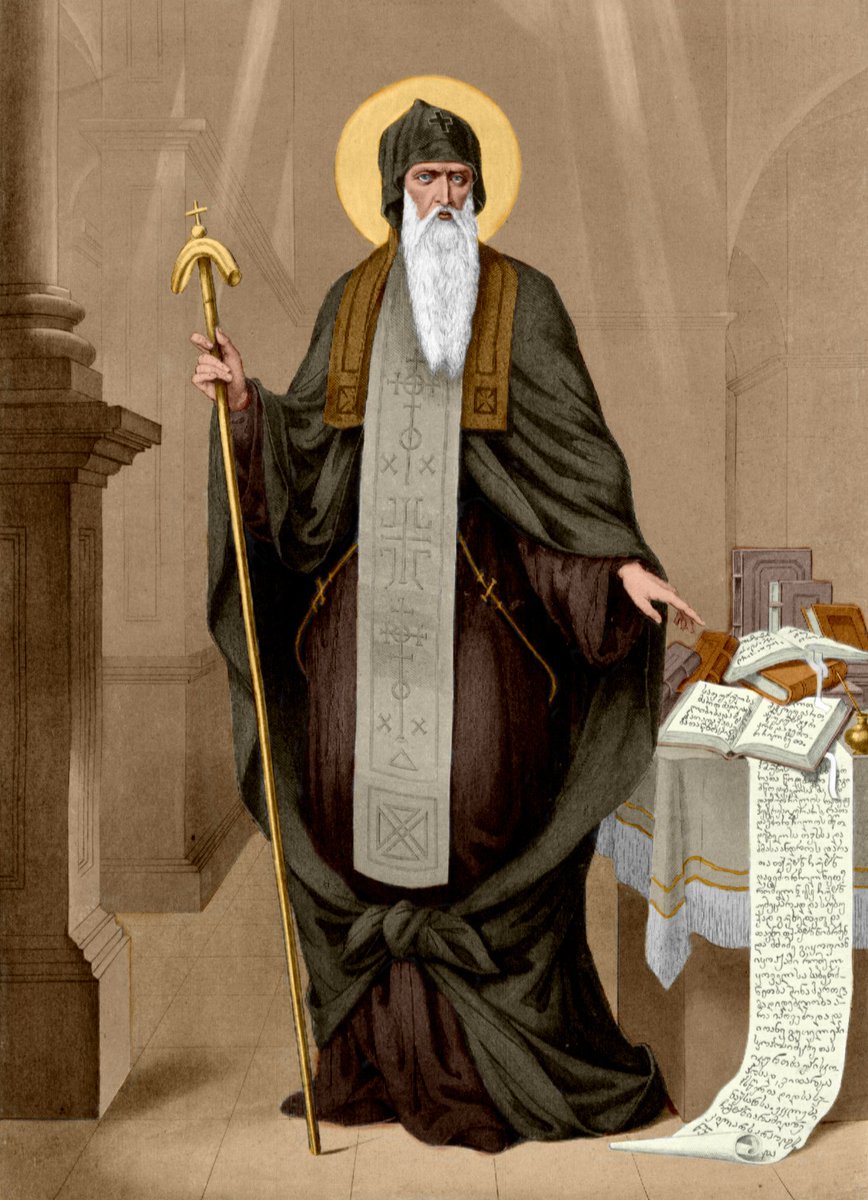
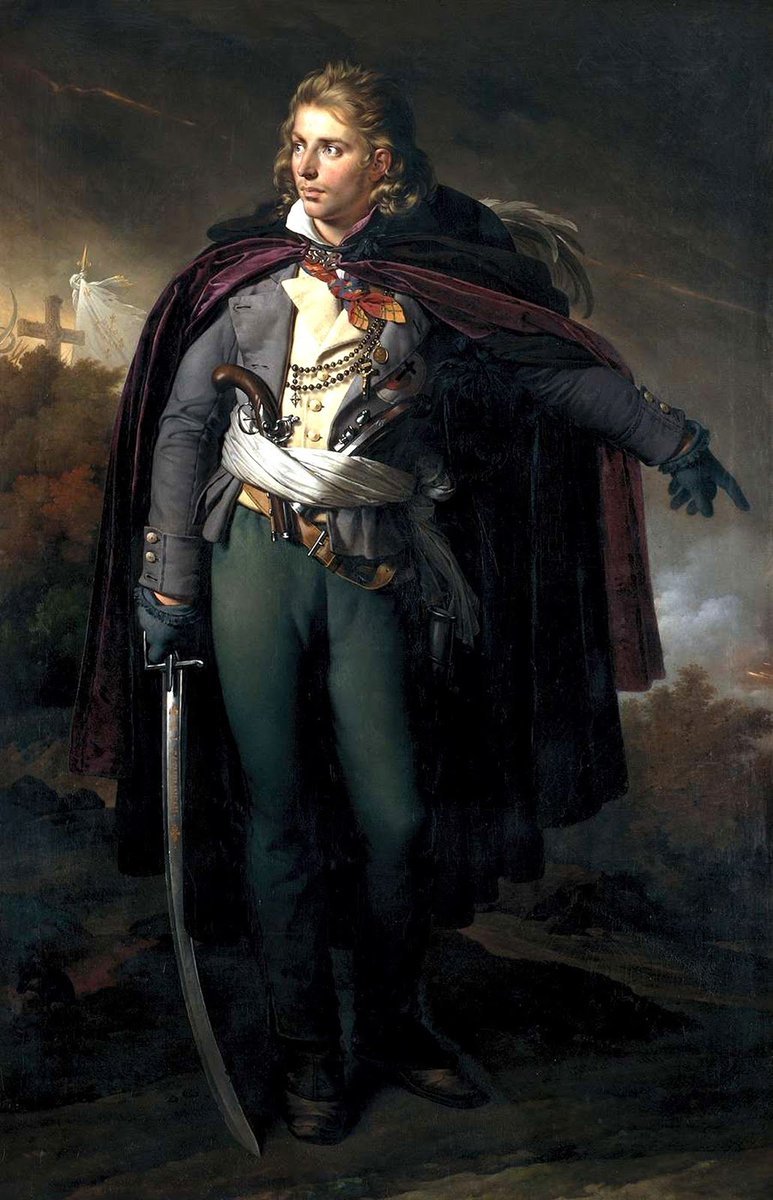
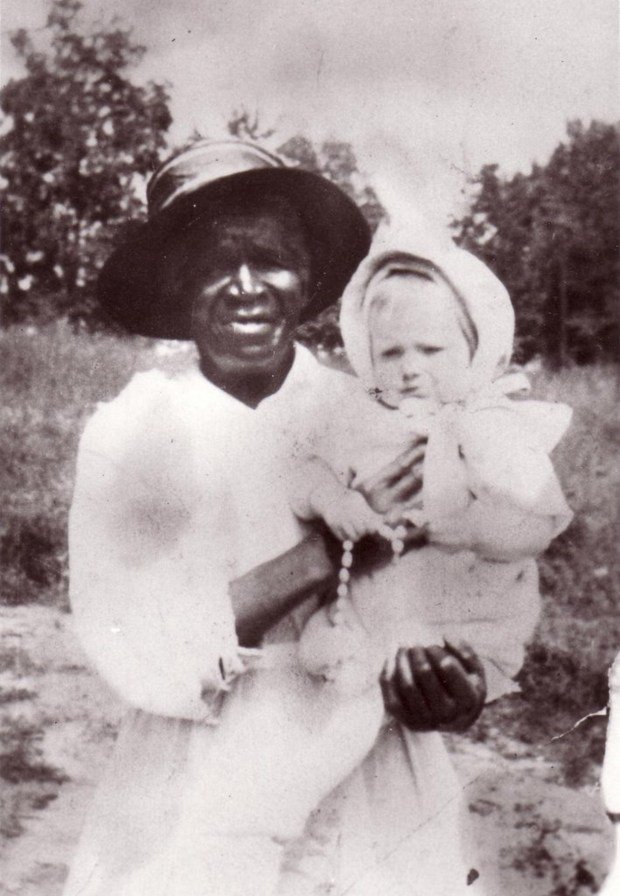
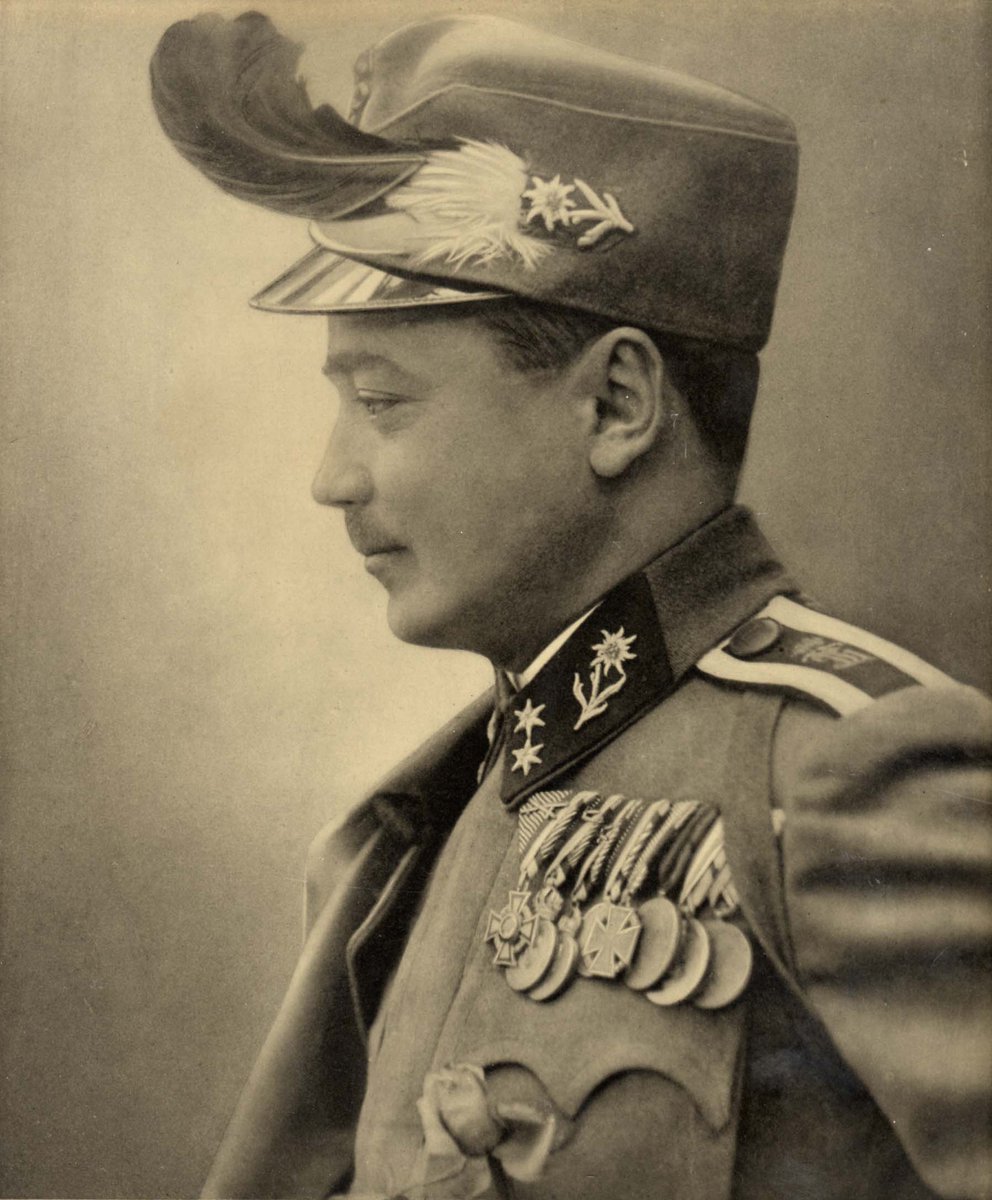

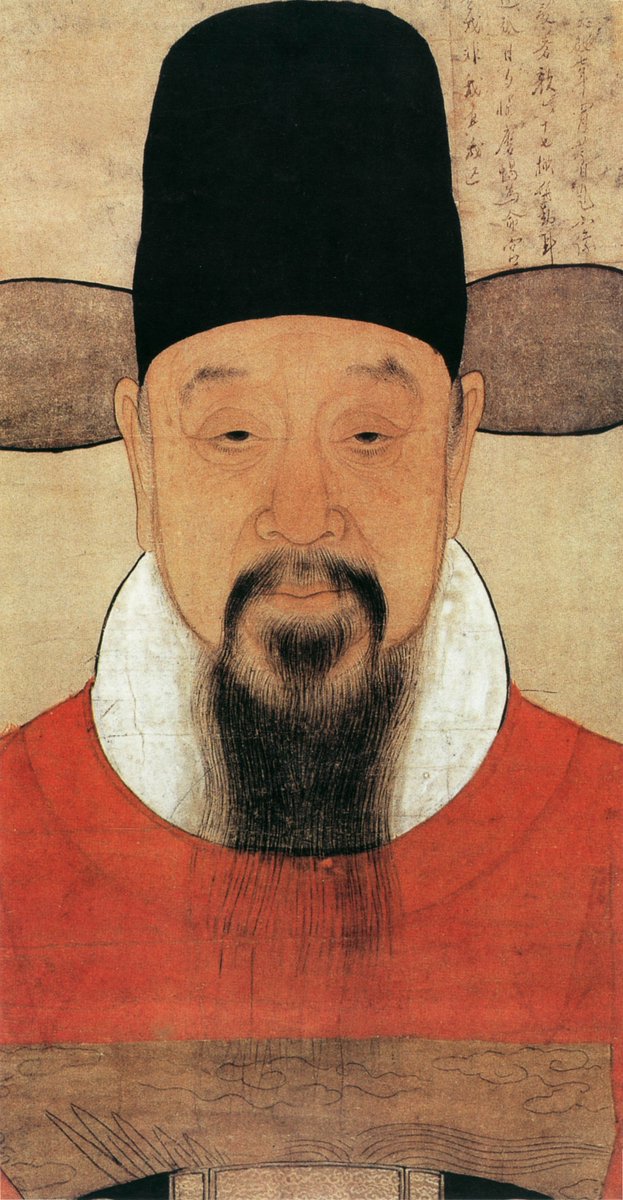

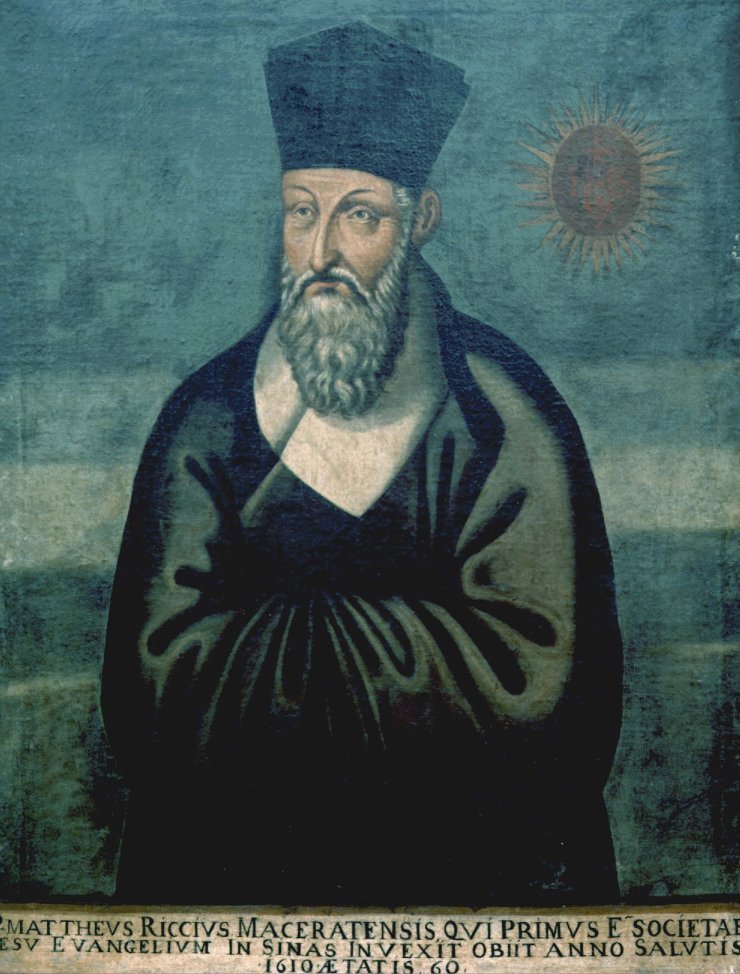
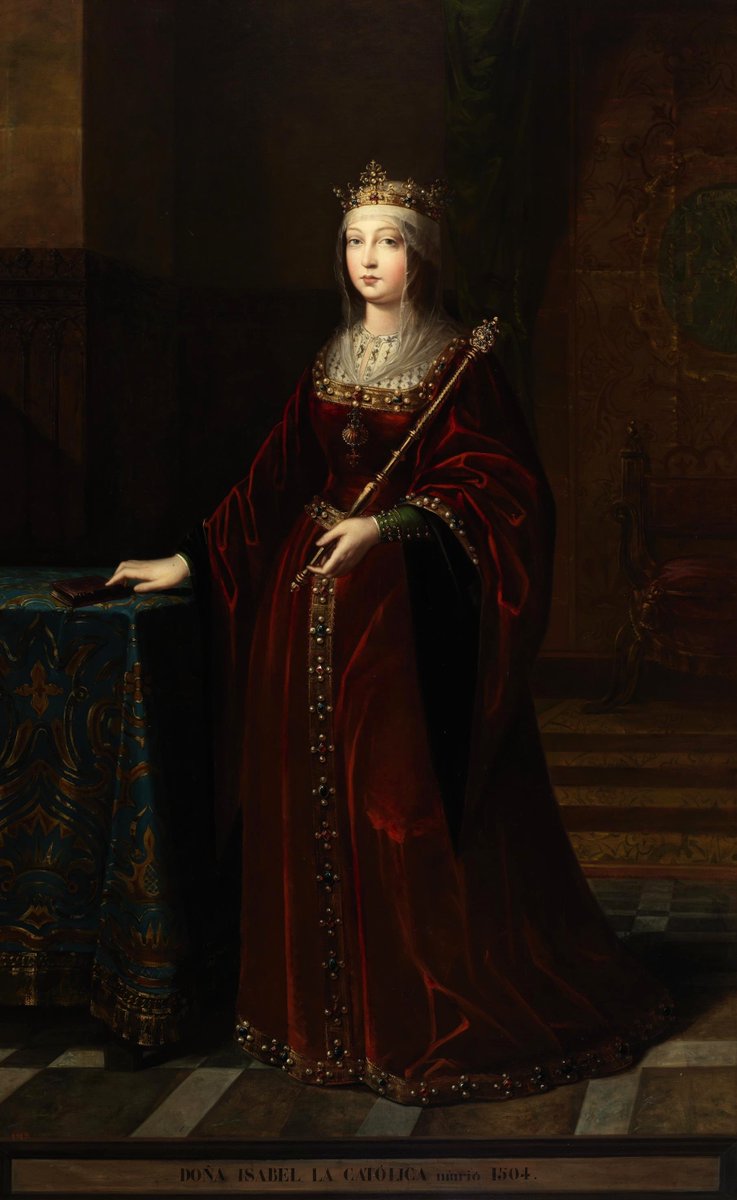
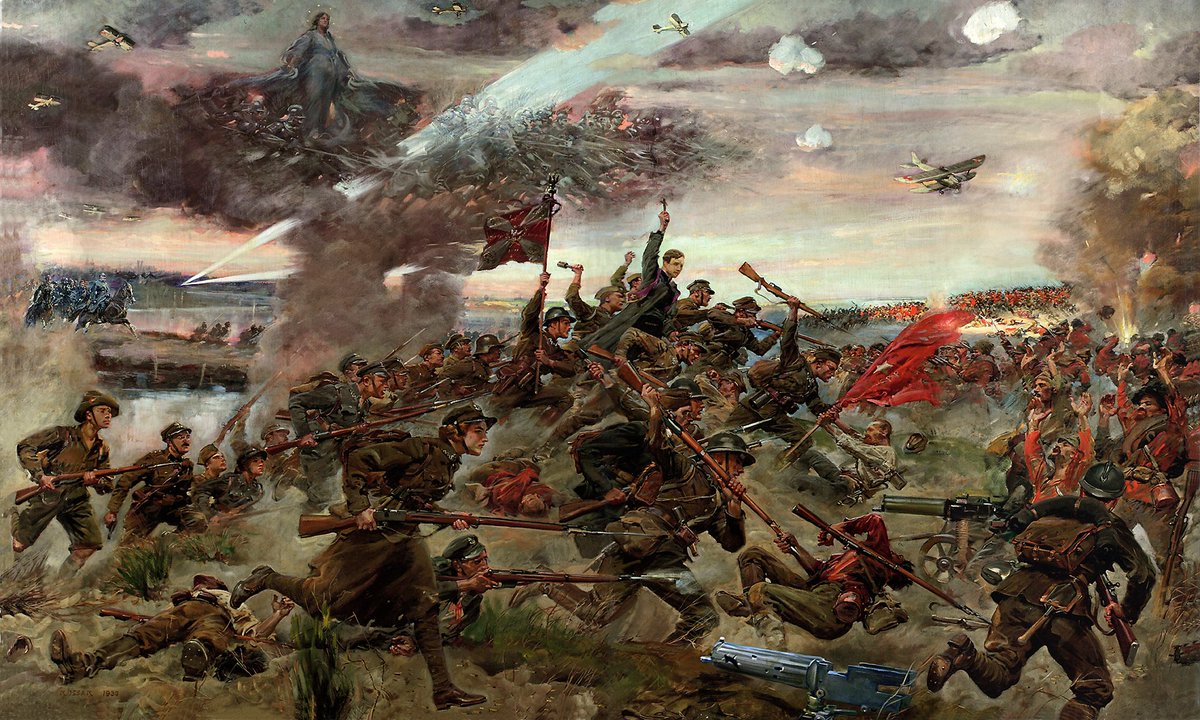
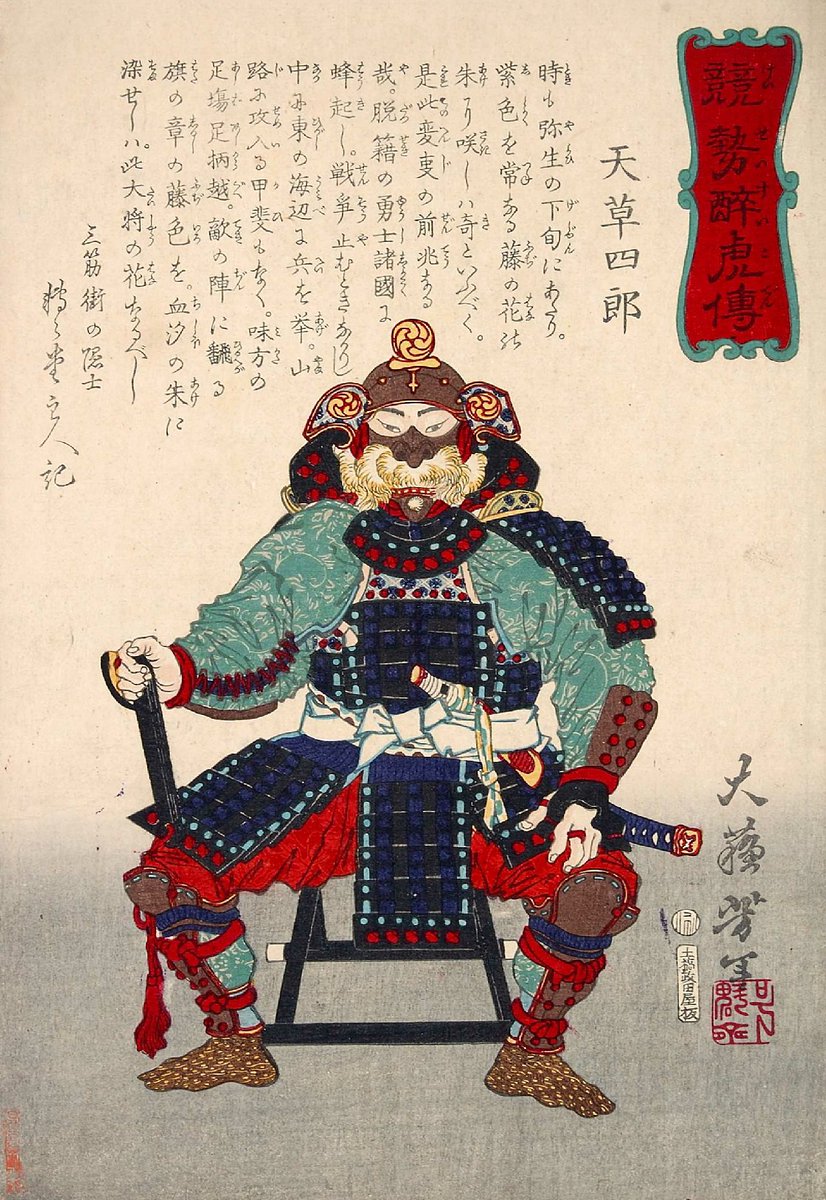
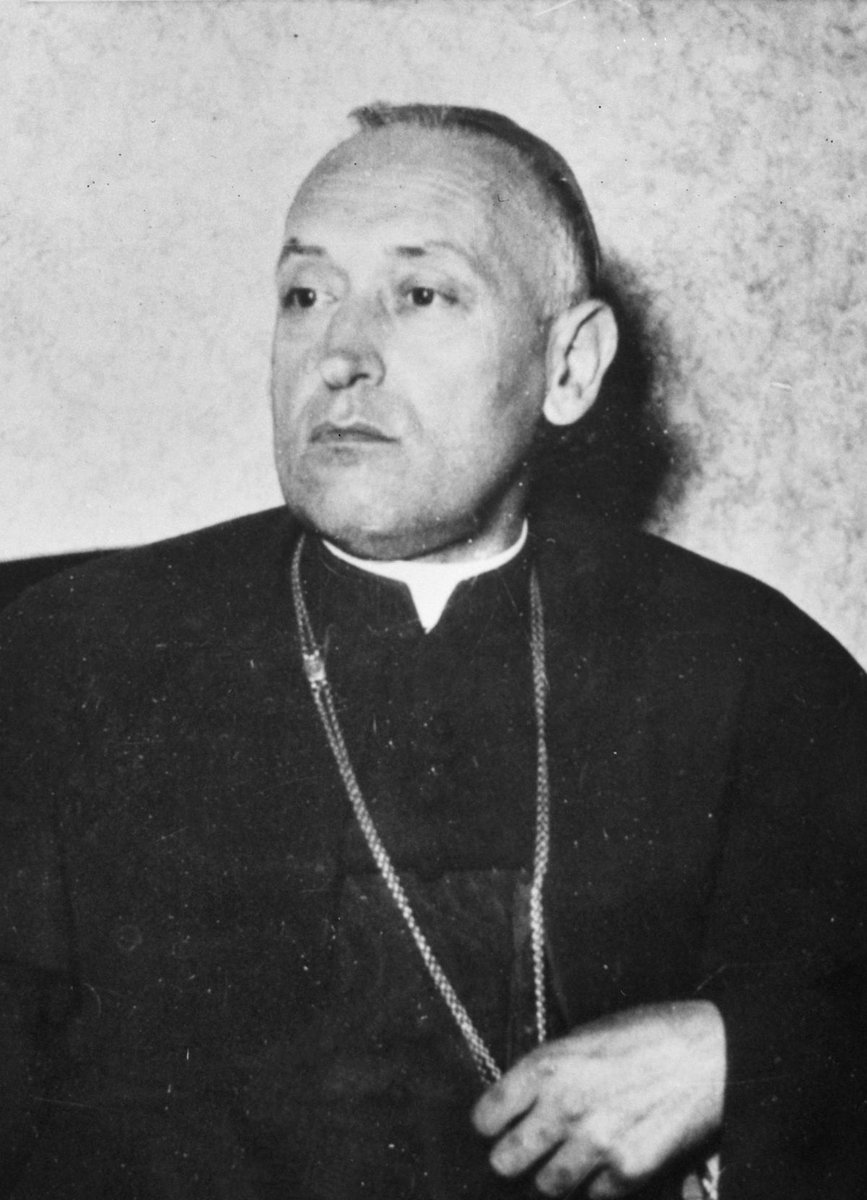

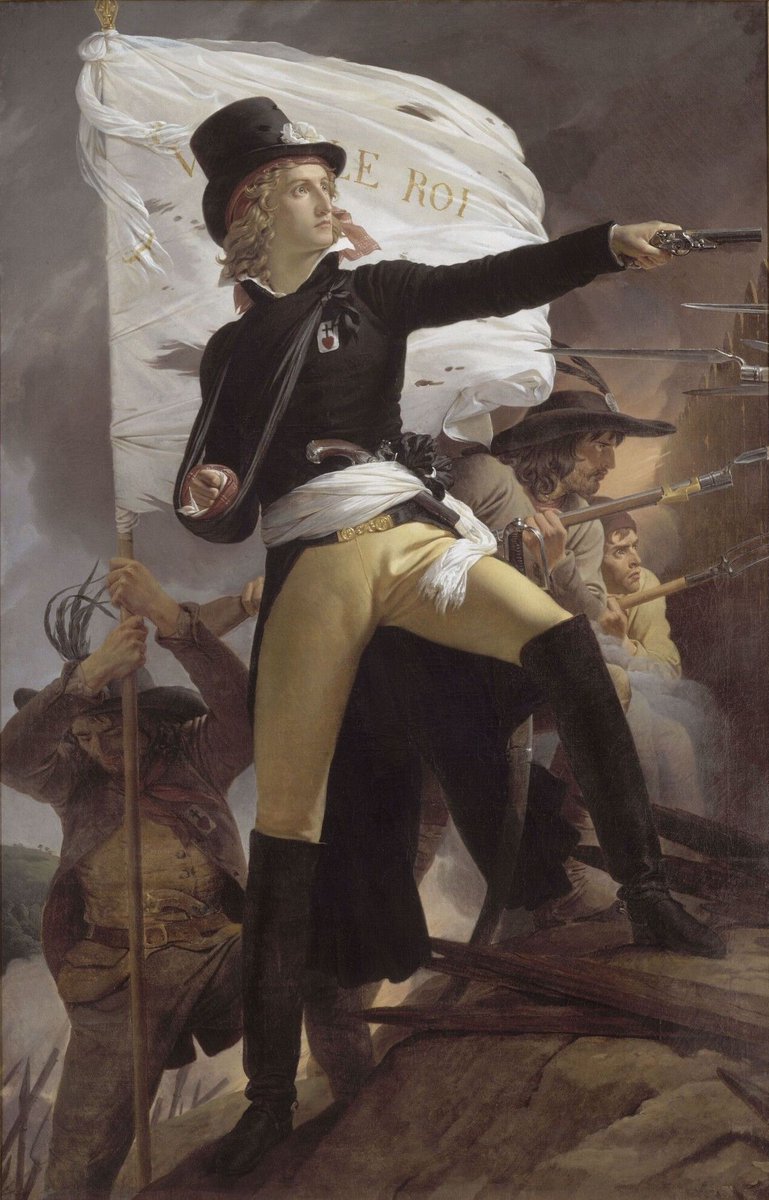
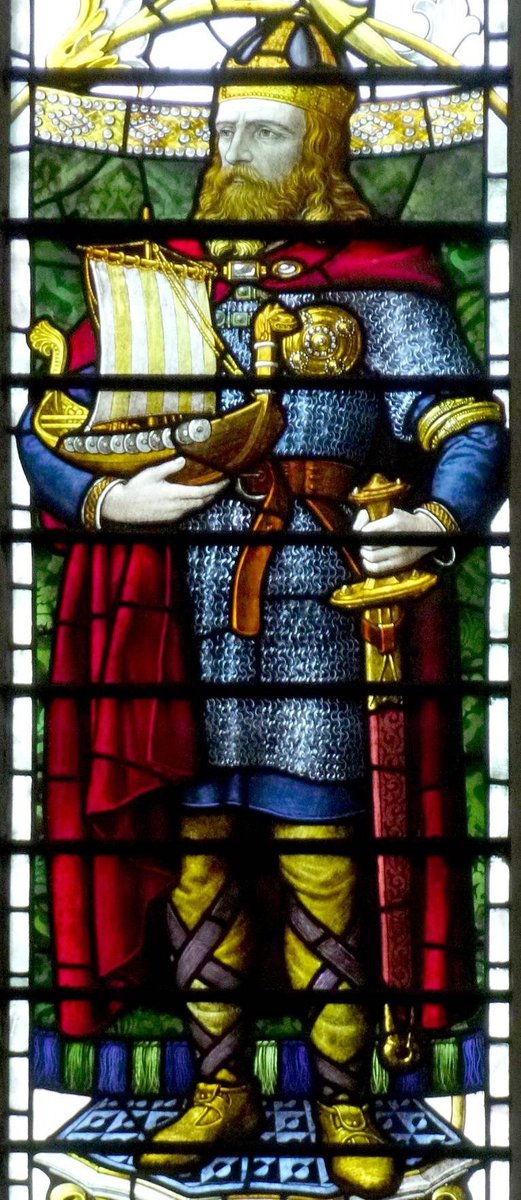
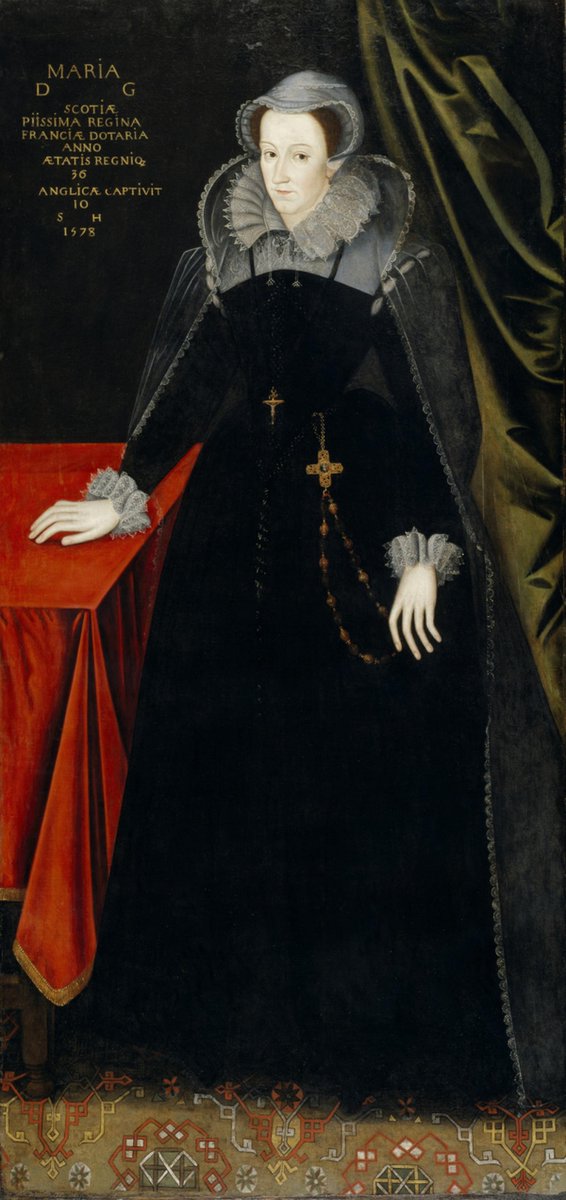
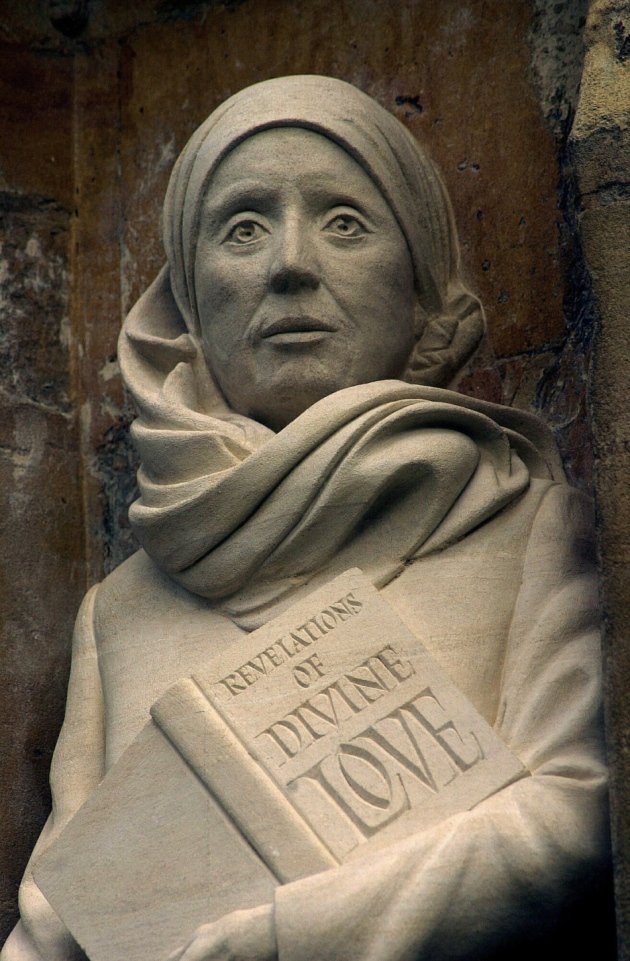

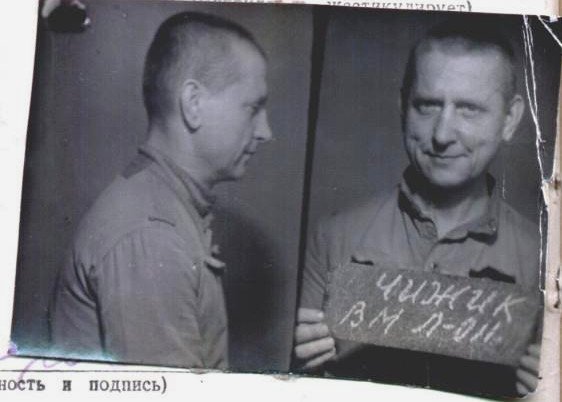
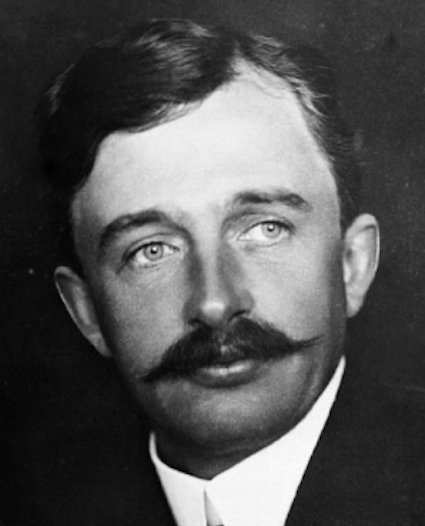

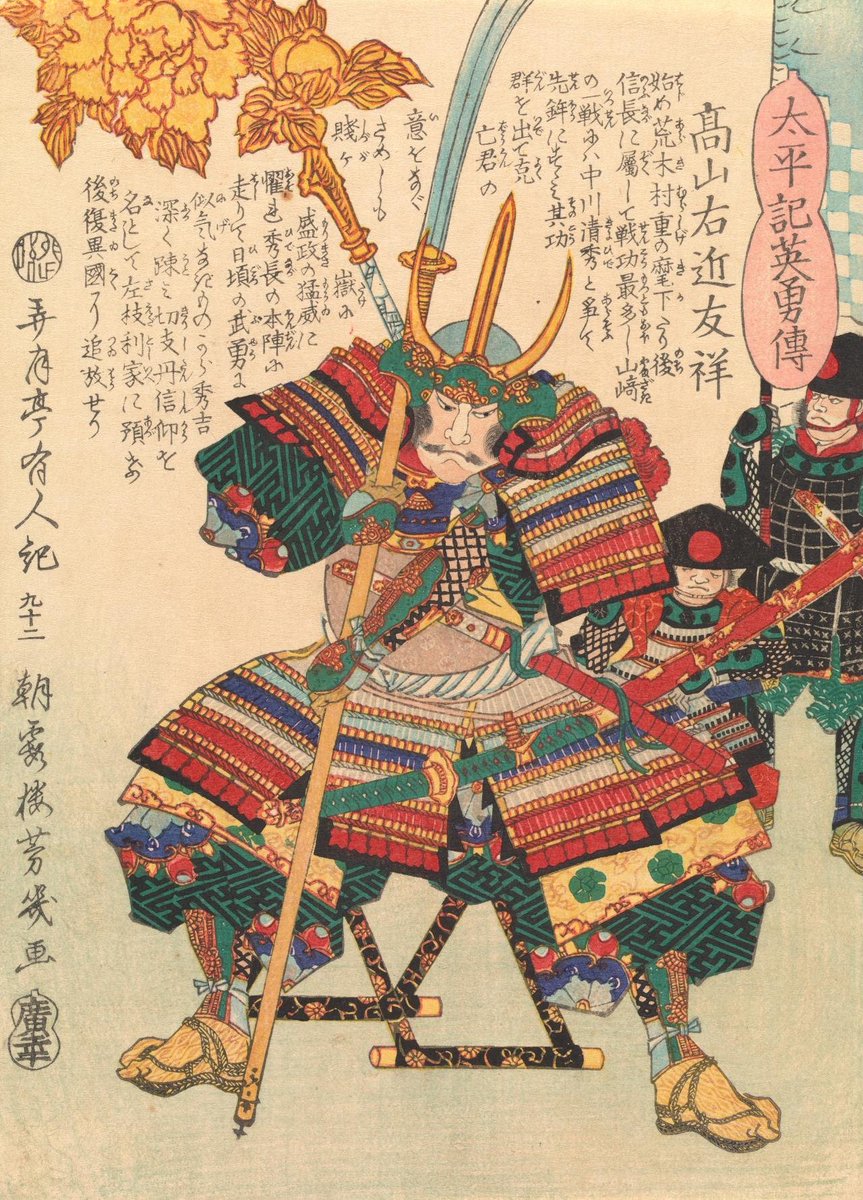
![In 2002, Polish-American mother-of-four Mary Stachowicz (a pious Catholic) was brutally murdered by her co-worker Nicholas Gutierrez, after she reproached him for “sleep[ing] with boys”. In 2002, Polish-American mother-of-four Mary Stachowicz (a pious Catholic) was brutally murdered by her co-worker Nicholas Gutierrez, after she reproached him for “sleep[ing] with boys”.](https://pbs.twimg.com/media/EDH1en5UcAEhe6o.jpg)
